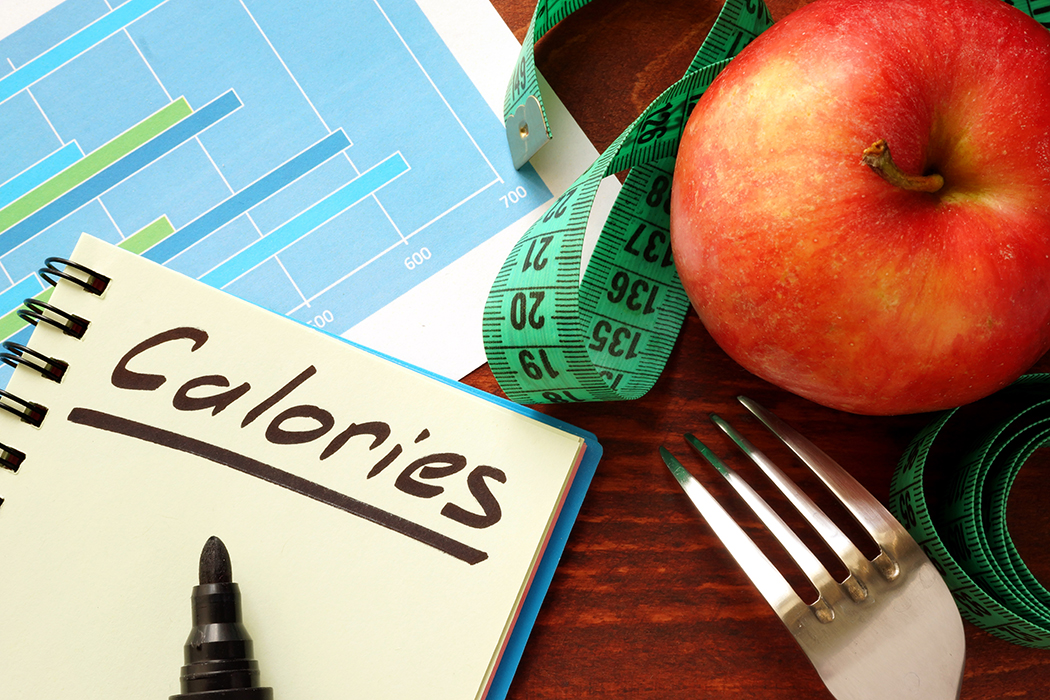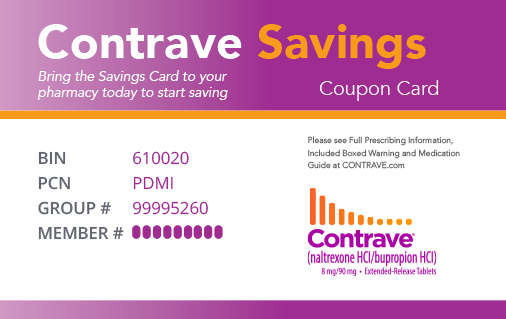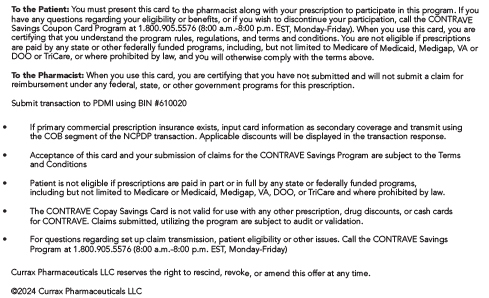How to Set Weight Loss Goals
Goals are invaluable guides on your weight loss journey. Setting realistic weight loss goals is a necessary part of any journey by helping you hold yourself accountable and allowing you to track your progress. However, many people struggle with setting and sticking to the goals they make. Below are some pointers on how to overcome common challenges with weight loss goals.
- Strategies for Setting Weight Loss Goals
- More Tips for Realistic Weight Loss Goals
- Frequently Asked Questions
Strategies for Setting Weight Loss Goals
No two weight loss journeys are the same. Your metabolism and genetics play an important role in shedding weight, as do your age and health condition. This means that weight loss goals that worked well for one person may not necessarily work well for another.
So how do you set weight loss goals that are right for you? Below are some different strategies to help you create challenging yet attainable goals.
Making SMART Goals
Looking for a standardized way to set weight loss goals? Look no further than the SMART goal-setting technique. S.M.A.R.T. is an acronym that stands for Specific, Measurable, Achievable, Relevant, and Timely. Using the SMART system, you can define attainable weight loss goals that can be tracked and measured.
To do this, you’ll have to get smart about yourself. You’ll need to get to know your own body, realistically analyze your schedule, and look at your current healthy and unhealthy eating habits. Once you know what you want to work on, you can use SMART to get started.
Short-Term vs. Long-Term Goals
Committing to healthy weight loss can seem overwhelming. That’s why it can help to break down long-term goals into smaller, short-term goals.
Healthy weight loss is not just something you do for a little while; it’s a true lifestyle change. Completing short-term goals that build up to your long-term goals will help you track and measure progress towards your weight loss success. Think of each mini goal like a steppingstone along your path. Losing 30 pounds is a big goal—but making small changes to lose 5 pounds this month? That’s a goal within reach.
Tracking Progress
Okay, you’ve got your SMART, short-term goal ready to go. Now what? It’s time to track your progress, whether with a journal or a fitness tracking app. By measuring certain metrics—whether it’s the number of steps you’re taking or the number of calories or protein you’re consuming each day—you can hold yourself accountable and remain consistent in your efforts.

More Tips for Realistic Weight Loss Goals
When you set realistic weight loss goals, you set yourself up for success. Below are some more tips that can help you achieve in the real world:
- Outline why you want to lose weight. It will take hard work and sacrifice to shed pounds. Making a list of reasons why you want to do so and what you hope to gain from your efforts can help you stay focused on your goals.
- Measure your body mass index (BMI). Measuring your BMI can help you and your doctor determine how much weight you need to lose based on your age, gender, and height.
- Decide what type of weight loss goals you want to set. What kind of weight loss are you looking for? Do you want to count calories to ensure you're losing inches around your waist while sticking to a healthy diet? Alternatively, do you want to build muscle while shedding unwanted fat? A protein-specific goal will help you.
- Exercise is a must if you want to lose weight. If you want to move the number on the scale, you’ll have to move your body more. Decide how long you'll exercise every day, what form of exercise you will do, and when you'll do it. Remember, the best kind of exercise is one you enjoy doing—whether it’s walking in the park with friends or lifting weights at the gym.
- Create a healthy meal plan. A balanced meal plan will consider your calorie goals and your macronutrients: protein, fat, and carbohydrates. With your plan in hand, you can avoid snacking on junk food and making unhealthy impulse buys at the grocery store.
- Compile a grocery shopping list based on your healthy meal plan. Plan to go shopping after you've eaten so hunger doesn't dictate your purchasing decisions.
- Plan ahead to stay healthy. Once you know more about your eating habits, you can work to overcome unhealthy ones. For instance, you may need to plan on making a healthy lunch the night before, so you don't have to order fast food at work. If you're used to grabbing an afternoon snack, bring a banana (or another easy-to-carry fruit) instead. A reusable water bottle can help you avoid sugary beverages.
- Set a weight loss goal in conjunction with process goals. Know the difference between the smaller, more attainable process goals, such as the ones outlined above, and your overall outcome goal (e.g., weight loss). You should have both in your plan.
- Make modifications as needed. You may need to exercise longer or at a different time than originally planned for optimal results. Perhaps one healthy food doesn't agree with you, and you'll need to substitute it for another. Keeping tabs on your progress and dealing with challenges as they arise will help you stay on track to reach your weight loss goals.
- Talk with your doctor. You are encouraged talk to your doctor when setting weight loss goals, to ensure your goals are safe and realistic. If you’re struggling to lose weight despite working on your goals, you can ask your doctor if a prescription weight loss medication could be right for you. Check out some success stories and get answers to frequently asked questions about CONTRAVE™.
Frequently Asked Questions
What is the best way to lose weight?
The best way to lose weight is to adopt a healthy lifestyle. Ditch the high-sugar snacks, eat whole grains, fruits, and vegetables, and get enough protein and fiber. But health goes beyond just food. Avoid alcohol. Get enough sleep each night—lack of sleep leads to unhealthy food cravings and stress that can interfere with your weight loss plans. Be sure to also get at least half an hour of exercise every single day.
If you are obese and/or have health problems, talk with your doctor about your weight loss efforts to identify safe dietary changes and exercise options. You can also ask your doctor about prescription weight loss medications that can be used in conjunction with healthy lifestyle changes to aid your weight loss efforts.
What is a realistic monthly weight loss goal?
Realistic monthly weight loss goals vary depending on a person’s age, health condition, and metabolism. For example, if you have low metabolism and struggle to exercise vigorously daily, you can modify your weight goals as needed. Changing your goals doesn’t mean you’ve failed; it means you’re paying attention. If you still need help, you can work together with your doctor to ensure your goals are realistic.
How do I set a monthly weight loss goal?
While setting a monthly goal for weight loss may sound simple, it’s not always as straightforward as it seems. You want to challenge yourself while staying realistic. At the same time, you don’t want to set the bar too low and fail to lose weight at the pace you want.
First, break your long-term aspirations down into bite-sized goals. Start small and build up confidence by achieving these minor short-term goals. This will motivate you to continue with your weight loss journey. And, most importantly, don’t hesitate to adjust your goals if you get to the end of the month and find that they were too hard or too easy. Reevaluate your goals at the beginning of every month and track your progress to hold yourself accountable. At the end of the day, you are your best cheerleader.
Related Resources

How Much Water Should You Drink a Day?
View
Health Benefits of Exercise for Weight Loss
View
Lifestyle Changes to Help Lower Cholesterol
ViewLatest Resources
Ask your healthcare provider about CONTRAVE
Get help starting the conversation.
The CONTRAVE Chronicles Blog
Get recipes, workouts, success stories, and healthy lifestyle tips.
Just getting started with CONTRAVE?
See what you can expect.




